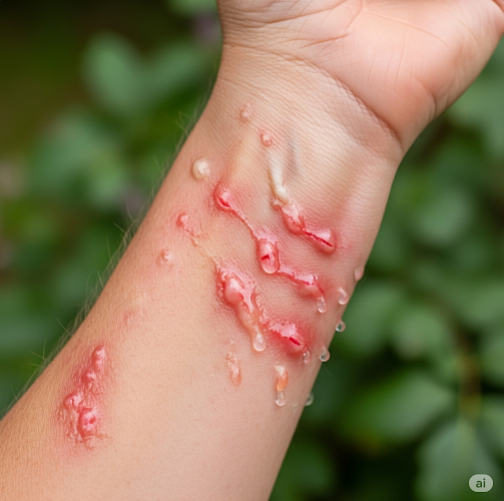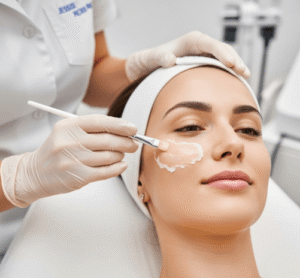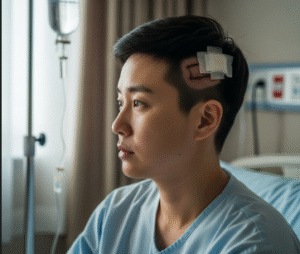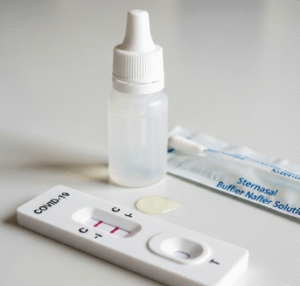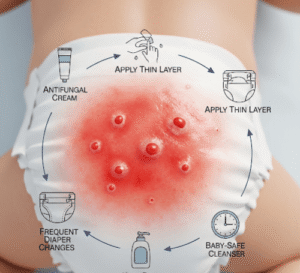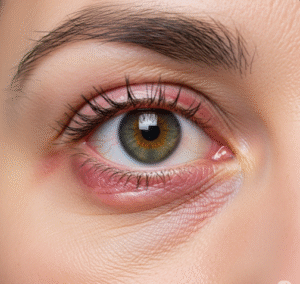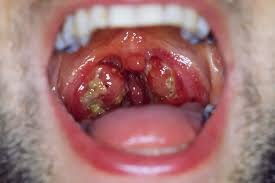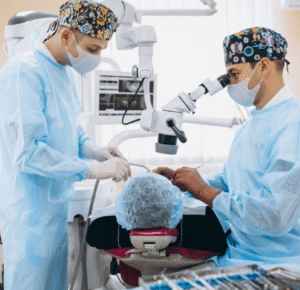Overview
Poison oak allergy is a common allergic skin reaction that occurs after contact with urushiol oil, a substance found in the leaves, stems, and roots of poison oak plants. The allergy results in itchy, red, blistering rashes that may appear in streaks or patches where the plant touched the skin. Though not life-threatening, the rash can cause significant discomfort and irritation, and in some cases, may require medical treatment.
What is Poison Oak Allergy?
Poison oak allergy is a form of allergic contact dermatitis, caused by urushiol, an oily resin shared by poison oak, poison ivy, and poison sumac. When urushiol comes into contact with the skin, it triggers an immune response in sensitive individuals, leading to inflammation and a visible rash.
The rash itself is not contagious, but urushiol can remain active on surfaces like clothing, tools, or pet fur, leading to new exposures if not properly cleaned.
Symptoms
Symptoms typically appear within 12 to 72 hours after contact and may last up to three weeks depending on severity.
Common symptoms include:
- Red, itchy rash
- Swelling and inflammation of the skin
- Blistering that may ooze or crust over
- Streak-like patterns on the skin (from brushing against the plant)
- Severe itching or burning sensation
- Delayed appearance of rash on different areas of the body
In more sensitive individuals, even a small amount of urushiol can provoke a strong reaction.
Causes
Poison oak allergy is caused by contact with urushiol, which can be transferred in multiple ways:
- Direct contact with the poison oak plant
- Touching contaminated items, like gardening tools, shoes, clothes, or pet fur
- Inhaling smoke from burning poison oak (can cause lung irritation)
- Spreading the oil from one body part to another if not washed off
Even after the plant has died, urushiol can remain active on surfaces for months or years.
Risk Factors
You are at higher risk for poison oak allergy if you:
- Spend time hiking, camping, or gardening
- Work in forestry, landscaping, or agriculture
- Have had previous reactions to poison oak or poison ivy
- Touch pets or equipment that have been in poison oak areas
- Live in regions where poison oak is common, such as the western United States or parts of East Asia
The risk of allergy increases with repeated exposure to urushiol.
Complications
While poison oak allergy is usually self-limiting, complications may arise, especially if the rash is severe or improperly treated:
- Secondary skin infections from scratching
- Severe swelling, especially around the face or genitals
- Widespread rash requiring systemic treatment
- Scarring or skin discoloration (in rare cases)
- Respiratory distress, if urushiol is inhaled through smoke
Prevention
Poison oak allergy can often be prevented by avoiding exposure and taking proper precautions:
- Learn to identify poison oak (“leaves of three, let them be”)
- Wear long sleeves, pants, gloves, and boots when in wooded areas
- Use urushiol-blocking creams (e.g., bentoquatam) before potential exposure
- Wash skin immediately after suspected contact using soap and cool water
- Clean clothing, tools, and pet fur thoroughly to remove residual oil
- Never burn poison oak, as inhaled urushiol is extremely dangerous
Treatment Options in Korea
South Korea offers modern dermatologic care and treatment options for poison oak and similar plant-based allergic reactions.
1. Home and Over-the-Counter Treatments (Mild Cases)
- Cold compresses to reduce inflammation
- Calamine lotion or colloidal oatmeal baths for itch relief
- Hydrocortisone cream for mild inflammation
- Antihistamines (e.g., loratadine or cetirizine) to reduce itching
- Moisturizers to soothe dry or irritated skin
2. Medical Treatment (Moderate to Severe Cases)
- Prescription corticosteroids (topical, oral, or injection) for severe rashes
- Antibiotics if skin becomes infected from scratching
- Systemic antihistamines for widespread itching or sleep disruption
- Emergency care in case of respiratory symptoms or facial swelling
3. Specialized Care in Korea
You can receive care at top hospitals and dermatology clinics, including:
- Samsung Medical Center
- Seoul National University Hospital
- Asan Medical Center
- Severance Hospital
These facilities offer:
- English-speaking dermatologists
- Patch testing if allergic contact dermatitis is recurrent
- Customized treatment plans for skin allergies and irritants
- International patient services for travelers or residents

